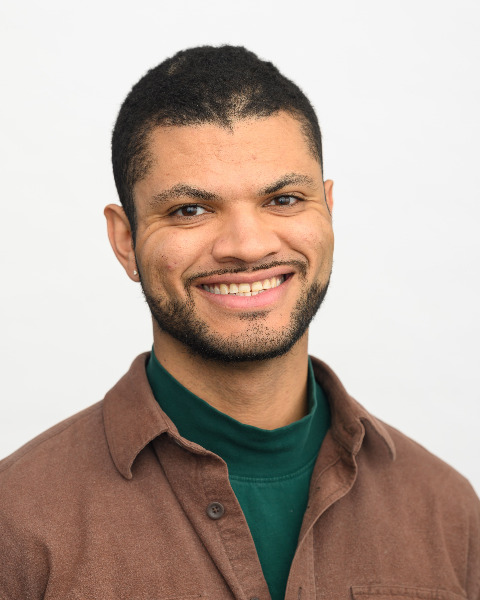Biomechanics
Biomechanics - Poster Session C
Poster P14 - Leveraging non-invasive optogenetic exercise to direct muscle fiber type transformation and performance
Friday, October 25, 2024
10:00 AM - 11:00 AM EST
Location: Exhibit Hall E, F & G

Ronald Heisser, PhD
Postdoctoral researcher
MIT
Cambridge, Massachusetts, United States- RR
Ritu Raman, PhD
Eugene Bell Assistant Professor
MIT, United States
Presenting Author(s)
Primary Investigator(s)
Introduction: Skeletal muscle comprises collections of distinct fiber types that determine the dynamics of power output and long-term fatigue resistance. Slow-twitch oxidative muscle fibers are built to maintain posture, power walking, and maintain functionality for most of an animal’s waking hours. Fast-twitch glycolytic fibers enable muscle’s high-power motions for sprinting and lifting heavy weights. The varied physical tasks animals conduct are thus reflected in their muscle fiber profiles. To date, tissue-engineered models of skeletal muscle have largely neglected to characterize fiber type distribution and plasticity, highlighting a significant gap in our ability to make muscle that properly represents the native tissue. We seek to bridge this gap by leveraging our previously optimized protocols for differentiating contractile tissue from optogenetic C2C12 myoblasts, and a custom platform for high-throughput light stimulation of muscles in a multi-well plate format. Previous work in our lab shows that low-frequency (1 Hz) exercise regimens increase force production of engineered tissues, yet these muscles quickly fatigue under extended 4 Hz stimulation (Figure 1a, Lynch, N., Castro, N., et al., Advanced Intelligent Systems, 2024). While myofiber size increases to improve force output in response to this exercise, we suspect that more rigorous exercise schemes are required to change fatigue resistance, an ultimately metabolic, fiber-typic quality of muscle. Therefore, we extend our previous work to study the fiber type transformation response by subjecting muscle cultures to diverse exercise regimens via computer-controlled LED pulses.
Materials and
Methods: Fibrin gel substrates were prepared by injecting a 600 uL thrombin/fibrinogen mixture into a 24-well plate. C2C12 myoblasts were seeded on fibrin gels and proliferated in growth medium until reaching 85% confluency, then switching to differentiation medium. Non-control conditions were exposed to 15-minute regimen of 1 Hz, 4 Hz, or 10 Hz LED pulses on a custom high-throughput well plate stimulation device. After 10 days of exercise, all conditions were subjected to a 30-minute fatigue test of 4 Hz optical stimulation. During the fatigue test, videos of each well were taken at 0, 15, and 30-minute marks. Video data was analyzed using custom image tracking software. Mean average contraction for each replicant was calculated from full-field displacement data and compared across conditions and times using a 2-way ANOVA test. RNA extracted from cell lysate was stored at -80 °C and later sent to an Opus CFX 96 for qPCR analysis of Myh1, Myh2, Myh4, Myh7, Myog, Mstn, and Gapdh as the endogenous control (Fig. 1b).
Results, Conclusions, and Discussions: Preliminary results show that the exercised conditions have greater fatigue resistance than the control condition (Figure 1c), aligning with our hypothesis. Experiments are ongoing, and we believe that longer daily exercise times of 30 or 45 minutes will give increased fatigue responses. Currently, our fibers are randomly arranged and contract in opposing directions under stimulation, making it difficult to make quantitative comparisons of force generation between tissues. We have developed stamps with microscale 3D-printed (UpPhoto resin, UpNano) 25 um grooves to pattern fibrin gels and promote fiber alignment in one direction for all tissues (Figure 1d). qPCR analysis across study groups enables detection of relative expression of target genes (Figure 1a). Our experiments will demonstrate, for the first time, whether exercise can be leveraged to mediate fiber type plasticity in engineered muscle tissues in vitro, enabling better models of in vivo muscle for applications in high-throughput drug testing and regenerative medicine.
Acknowledgements (Optional):
